Making sure that the components of your vehicle are compatible with one another is essential; this will ensure all your parts are working correctly and not hindering one another. With the help of automotive experts, we will help you determine if you can have headers or a turbo with your current exhaust.
Yes, you can have headers and a turbo in almost any exhaust setup. But it would be best if you get an exhaust setup recommended by the headers or turbo makers. You may suffer performance loss if you are not running an exhaust system with the correct dimensions.
Typically you would want to replace your exhaust system if you still have a stock one to help increase your vehicle's airflow; this will also give your car a bit more power. For more information about your vehicle's components, keep reading below.
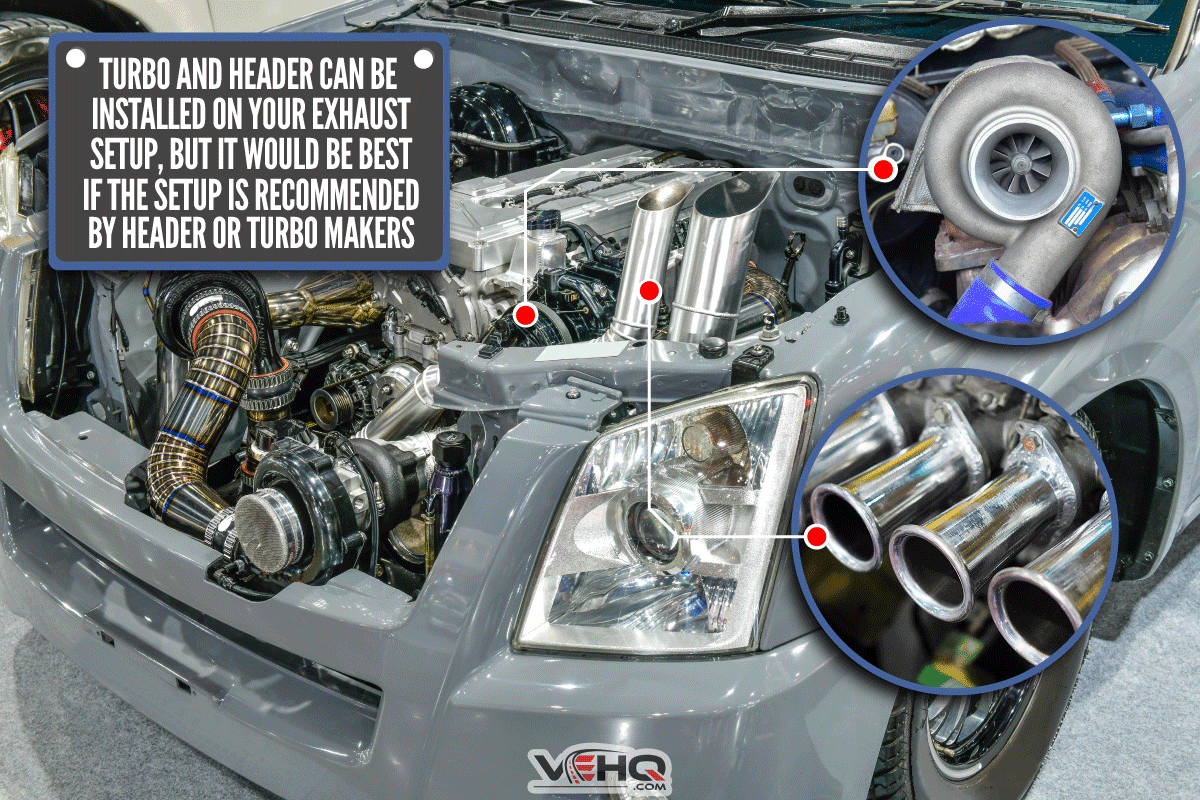
Compatibility Of A Header Or Turbo Setup On My Current Exhaust
If, for some reason, while modifying your car, you decide to keep your car's current exhaust while you have headers and a turbo set up, and your wondering if this will work, the answer is yes. You can run a header and turbo kit on your current exhaust system, but you might face performance issues.
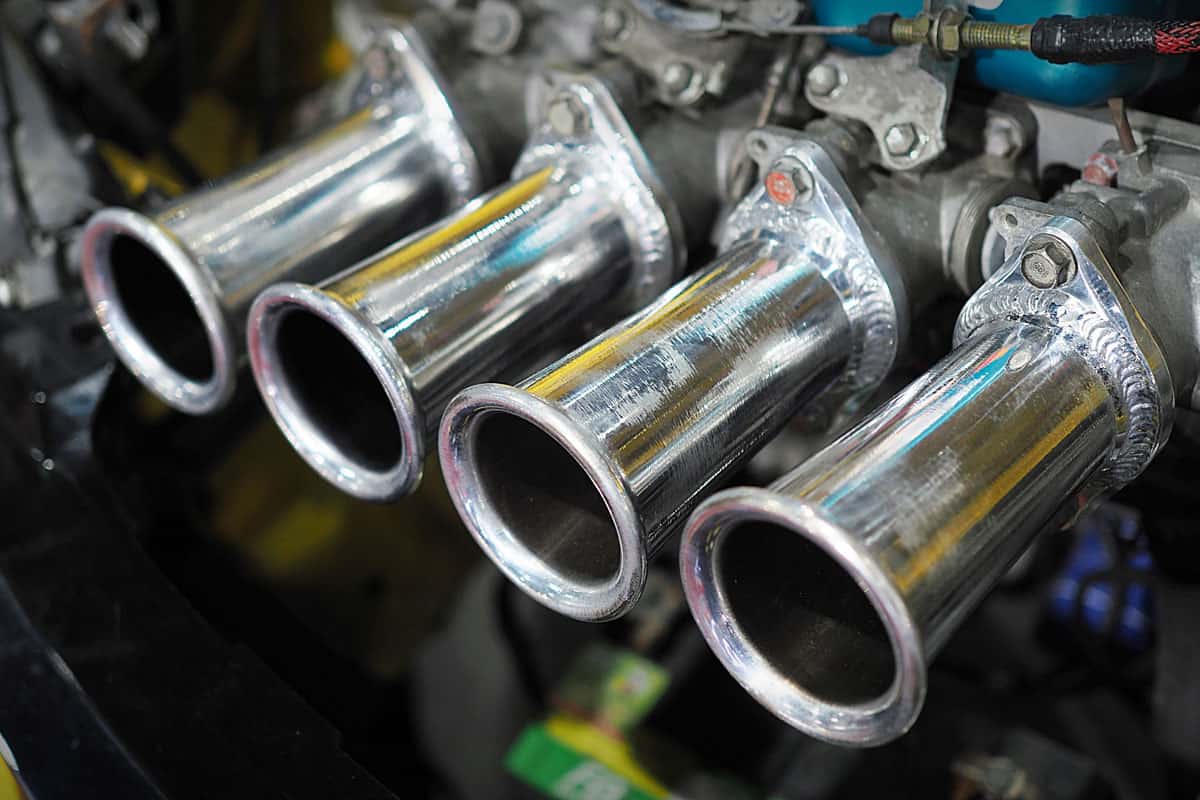
Running a header and turbo setup on many exhaust setups will work, but you will be sacrificing a good amount of performance out of your car if you choose to do so. Having the right exhaust size is essential for proper airflow; usually, turbo cars would have an exhaust size of 3 to 4 inches.
One drawback of having a larger exhaust is the increase in noise. Your car will get significantly louder, and having a loaded car may cause some concerns with people around you since they may not appreciate the added noise a larger exhaust brings.
If noise is not an issue, another thing to consider is the clearance between the exhaust and the road. If you plan to put a larger exhaust on your vehicle, there may be a chance it will scrape the ground, especially if you lower your car.
Before thinking about installing headers or a turbo, you must visualize what build you want for your vehicle; this will help you decide what parts fit your build.
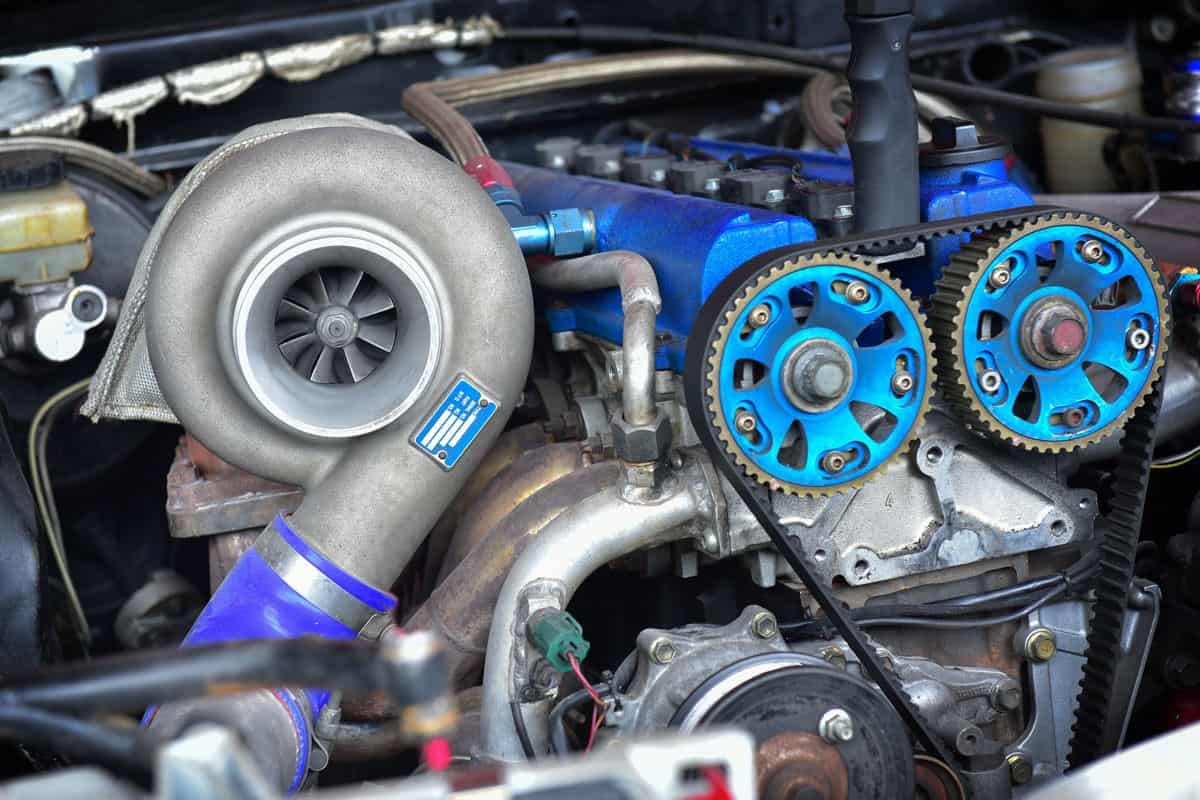
What Makes Your Exhaust System
An exhaust system is a component connected to the exhaust manifold and helps expel air out of your car to make room for new ones. The most common place to have an exhaust is underneath your vehicle; if you look underneath, this will be the long piping starting from the front part of your car to the rear.
An exhaust system usually has a few components to it depending on the build or type you have. Usually, a stock car will have a few components creating the exhaust, while modified cars can only consist of a single pipe.
Below are the components you'll typically find in your exhaust system.
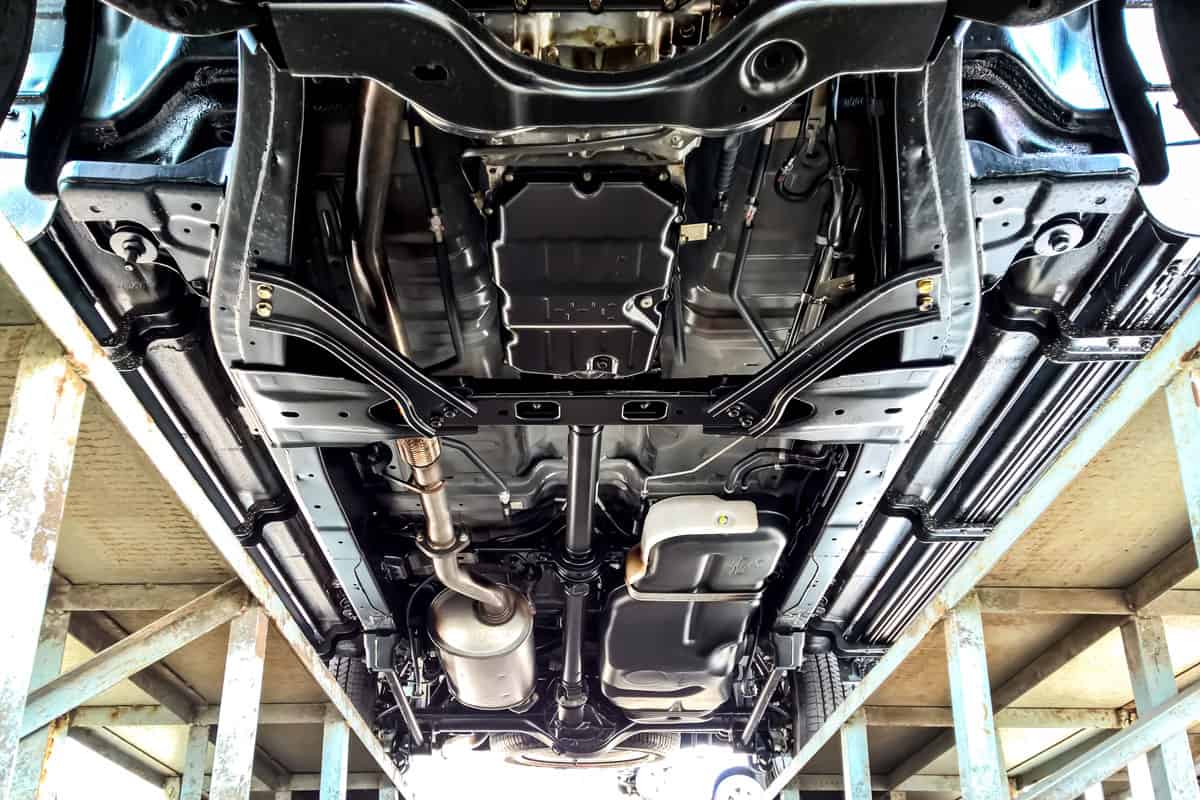
Exhaust Manifold
The exhaust manifold or header is connected to the engine and at the start of the exhaust system. Exhaust manifolds will have different pipes depending on how many cylinders your engine has. For example, if you have a 4-cylinder, you'll have four pipes, a V6, six pipes, and so on.
The exhaust manifold will be in different locations depending on your engine type; it can either be on the sides of the engine, rear, or front. Also, your piping coming from the manifold can differ depending on the style; you can have a 4-2-1, which means you have four manifold pipes leading to two pipes that lead into one pipe.
O2 Sensor
In between the exhaust manifold and the catalytic converter is the O2 sensor. This sensor reads the air-fuel ratio; the O2 sensor reads whether the fuel and air mixture is rich or lean. If your sensor detects a lot of oxygen in the exhaust, your management system will inject more fuel and vice versa.
Catalytic Converter
A catalytic converter's purpose is to reduce harmful emissions made by your car. The Catalytic converter looks like a box or container between your exhaust manifold and resonator.
Your catalytic converter consists of ceramic to help keep it hot; it needs to be hot for the reactions to occur. There are also rare metals in your catalytic converter, such as platinum, palladium, and rhodium. These metals are also why many people steal them since criminals can sell them at a high price.
Resonator
A resonator is a component that helps drown out specific RPM ranges. The resonator's primary purpose is to lessen your vehicle's sound, especially if driving at cruise speeds.
As wave sounds come into your resonator, it will break it up and bounce back into incoming sound waves, essentially canceling it. Note that not all vehicles have resonators.
Mufflers
The muffler is a component that reduces the overall noise of the vehicle. You can find a muffler in a lot of cars, and there are also multiple types of mufflers. You'll typically come across three types of mufflers: chambered, turbo, and straight-through.
A chambered muffler essentially tries to cancel out the incoming sound waves by turning them into each other; this is a common muffler you will see on cars. Nest is the turbo; this muffler uses perforated pipes and sound-deadening packaging material to help suppress the noise; this may be more restricting regarding airflow than the other two.
Lastly, the straight-through, you will typically find this muffler on performance cars. Like its name, a straight-through muffler is just a straight, perforated pipe with a fiberglass insulator and steel wool wrapped around it.
Should I Get An Aftermarket Exhaust
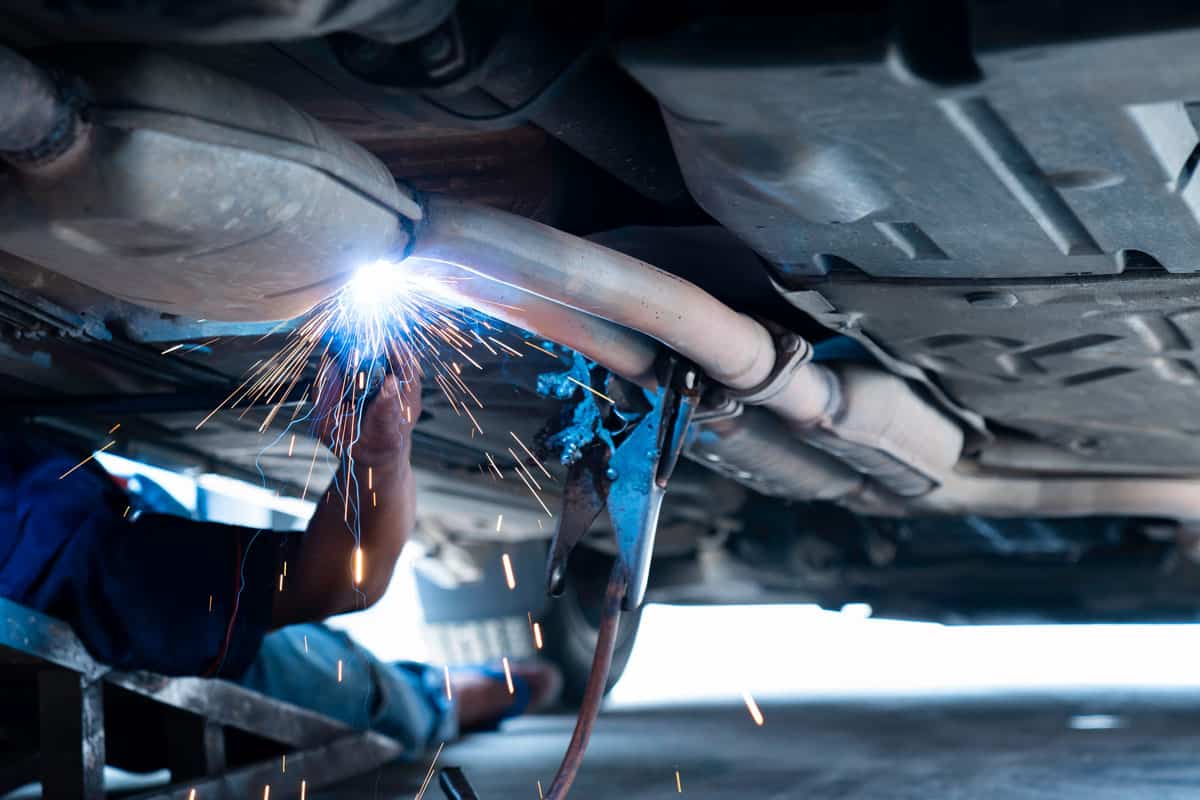
Deciding whether to get an exhaust system will depend on what you are doing with your vehicle. You don't have to get an aftermarket exhaust if you're using your car daily and have not added any performance-enhancing components.
But if you have aftermarket mods such as a turbocharger, supercharger, or upgraded engine internals, you should get an aftermarket exhaust system. An aftermarket exhaust will help boost the power your vehicle can produce and will help with the airflow.
Changing an exhaust will also change the overall noise your car makes, the larger the exhaust, the louder the vehicle will be, but you'll have better airflow.
What Is A Straight Pipe Exhaust
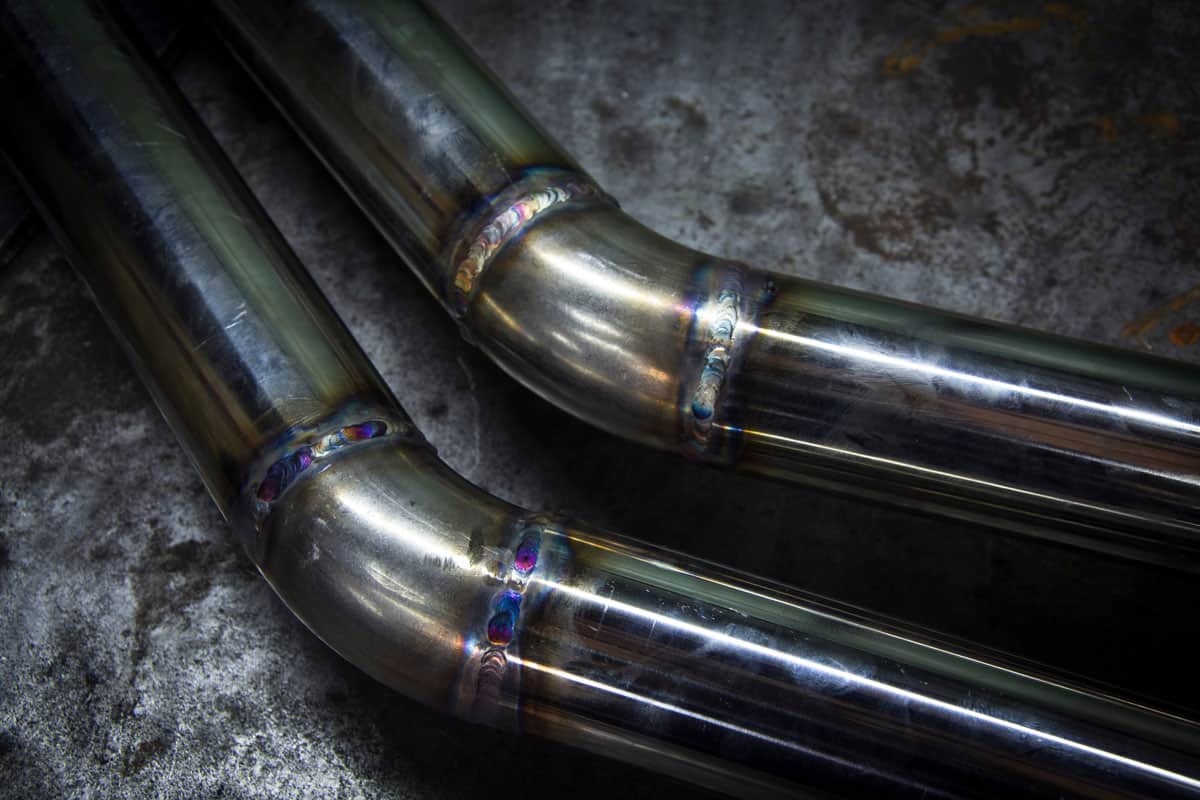
A straight pipe is a type of exhaust system usually done by people who modify their cars for performance reasons. A straight pipe is when you have nothing but piping from your exhaust manifold to the vehicle's end.
Contrary to popular belief, a straight pipe does not mean a straight exhaust pipe; you don't have mufflers, resonators, and catalytic converters in your exhaust system. And because of this, a straight pipe car will be louder than usual.
Straight piping your car is not advisable, especially if you live in a typically quiet neighborhood or if houses are close together, since the noise from your vehicle may upset others. Also, driving around with a straight pipe may be illegal in some states, so installing this could cause you to break your state laws.
Be careful if you plan to install a straight pipe; check up on your state rules before installing one. If you want to install a straight pipe, it is advisable to do it to a car you will use for the track since it will benefit you more.
You don't need to worry about straight piping with track or race cars since you typically drive these vehicles only on the race track.
How Much Does An Exhaust System Cost

An exhaust system will vary in price depending on the brand, car model, and material. You can expect around $300 to $1,000 for a stock exhaust system, while it could cost you $1,000 to $2,000 for a performance one.
Some mechanic centers offer exhaust systems and can also install them for you; this will be a great option since it can all be bought and installed in one shop. Alternatively, if your state allows exhaust modification such as a straight pipe, this will be a lot cheaper, especially if you can install it yourself since a straight pipe is only exhaust tubing.
Closing
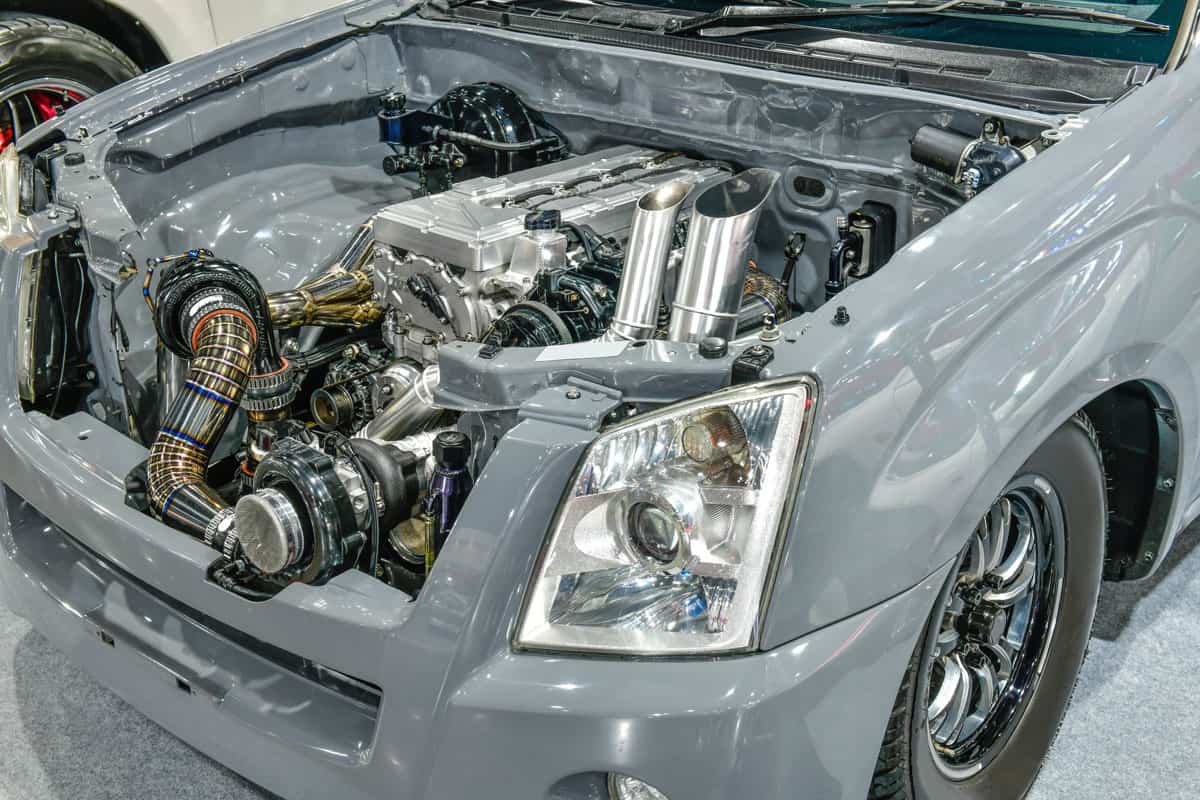
You can have headers and a turbo on your current exhaust system, but your vehicle may not perform at its best. Having a stock or small exhaust system while running a turbo may cause some performance issues due to insufficient airflow.
It's best to have an aftermarket or fabricated exhaust for vehicles with headers and a turbo. Remember, only get an aftermarket exhaust system if you plan to increase the performance of your car since this will have some drawbacks, such as noise and ground clearance.
For more automotive information and tips, check out the following posts.
Rustoleum Vs. Duplicolor Engine Enamel – Which To Choose?
How Fast Can You Go With Studded Tires?
